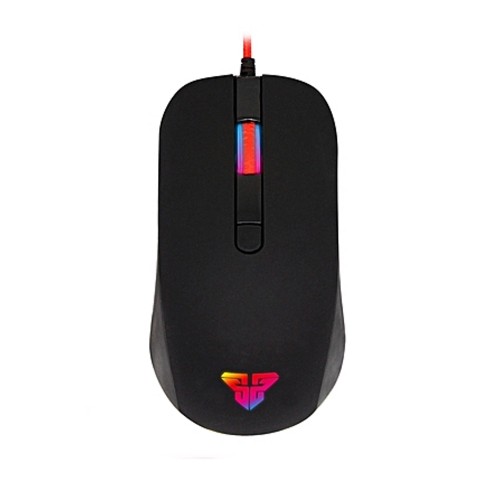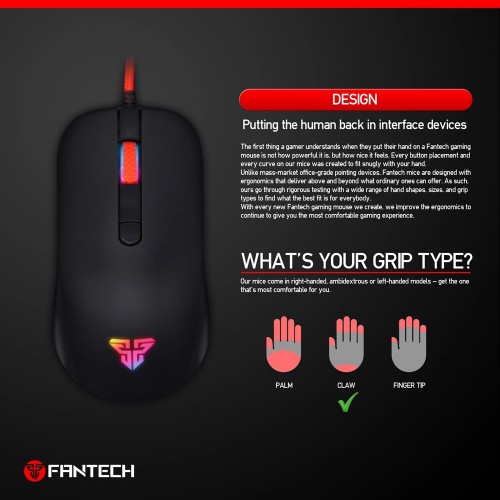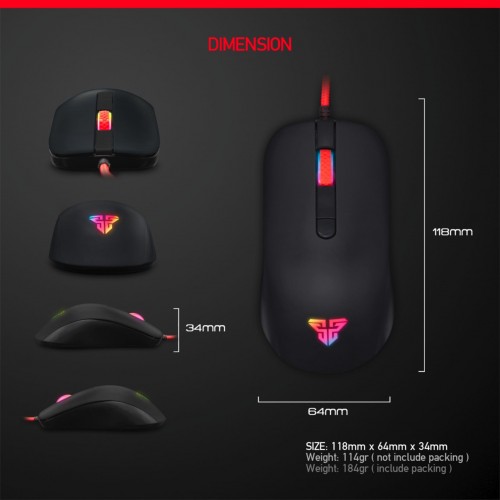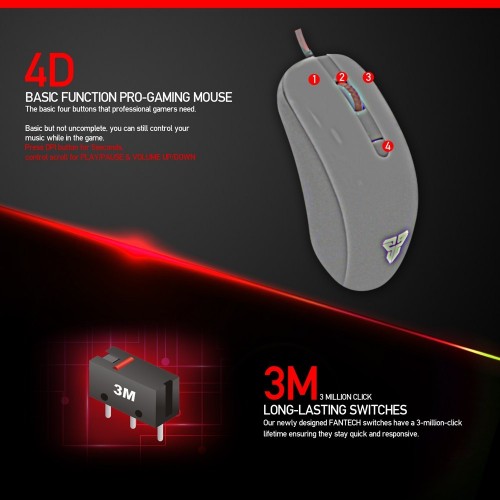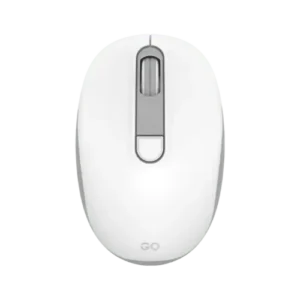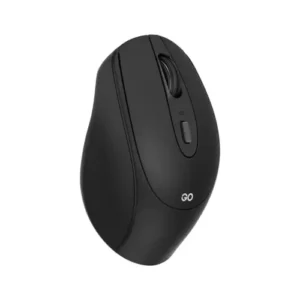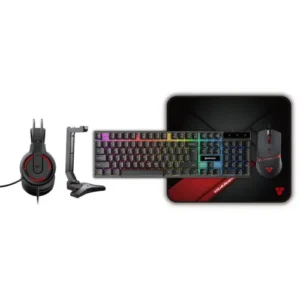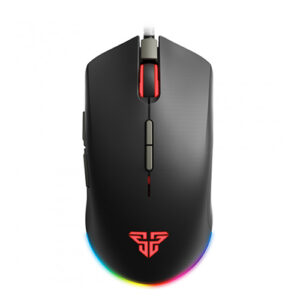Key Specifications of the Gaming Mouse
When selecting an ultimate gaming mouse, understanding its key specifications is essential to ensure optimal performance during gaming sessions. One of the primary features to consider is the number of keys available on the mouse. Most gaming mice are equipped with a mix of standard and programmable buttons, typically ranging from 5 to 16. This feature allows gamers to assign specific functions or macros to enhance their gameplay, catering to various gaming genres.
Another critical aspect is the connection type. Wired gaming mice are preferred by many gamers for their stable and lag-free connectivity. They often utilize USB connections, providing a reliable link between the mouse and the computer. Conversely, wireless gaming mice are designed with advanced technologies to minimize latency, offering freedom of movement without the clutter of cables, thus appealing to those who prioritize aesthetics and flexibility.
Equally important is the optical sensor DPI (dots per inch), which indicates the sensitivity of the mouse. Gaming mice typically range from 400 DPI for precision aiming to over 16,000 DPI for high-speed action gaming. Adjustable DPI settings allow users to customize the sensitivity based on their specific needs and preferences, enhancing responsiveness and control in fast-paced environments.
Furthermore, the cable length and durability of the mouse’s construction should not be overlooked. A nylon braided cable is often favored for its strength and resistance to wear and tear, ensuring longevity. A typical length of around 6 feet provides ample freedom of movement without restrictions. Additionally, features such as a silicon rubber roller are integrated to enhance grip and scrolling comfort, which is crucial during prolonged gaming sessions. Each of these specifications plays a significant role in determining the overall performance and user experience of a gaming mouse.
Gaming Performance and Physical Design
When selecting the ultimate gaming mouse, performance and design are critical factors that directly influence the gaming experience. One notable gaming feature is the button configuration, which typically includes several customizable buttons designed for quick access to commands. These buttons are not only pivotal for rapid action gaming scenarios but also provide gamers with an edge in competitive environments. The switches utilized in these devices often have a lifecycle of approximately 3 million clicks, ensuring their longevity even under rigorous daily use. This durability stems from high-quality materials and engineering, allowing for extended gaming sessions without the need for early replacement.
Beyond button specifications, the physical design of the gaming mouse is equally vital. Most gaming mice feature a sleek and strategic design that caters to gamers’ preferences and ergonomic standards. The color schemes are often customizable, appealing to individual aesthetic tastes and allowing for personalization within a gaming setup. Additionally, the dimensions of a gaming mouse are ergonomically crafted to fit comfortably in a gamer’s hand, reducing fatigue during lengthy gaming marathons. This feature is particularly important, as a comfortable grip can enhance control, precision, and overall performance.
Furthermore, substantial attention is given to warranty information, which not only reflects the manufacturer’s confidence in their product but also reassures users of the mouse’s longevity and reliability. Warranties can vary significantly based on the brand, typically ranging from one to two years, with some manufacturers even offering extended coverage options. Such warranties serve to bolster user confidence, indicating that the product is built to sustain the demanding environments of gaming. Consequently, understanding these gaming performance and design aspects can aid in selecting a gaming mouse that meets both performance and durability needs effectively.
